Iron is a critical raw material for steelmaking and other industrial applications. Around 98% of the world’s iron ore is used in steel production, and the two most common forms are Hematite and Magnetite.
Understanding the differences between these two ores can help you make smarter investment and processing decisions.
This article summarizes the key facts about Hematite and Magnetite — including their resource characteristics, market conditions, and processing methods. If you’re an investor or industry professional interested in iron ore projects, keep reading!
Use the table of contents below to navigate through the guide:
01Two Important Types of Iron Ore: Hematite and Magnetite
Hematite Overview
Hematite (Fe₂O₃) has a reddish-brown color and is the most commercially valuable iron ore on the market today. Pure Hematite contains about 70% Fe, but due to natural impurities, the average grade of mined ore usually ranges from 55–65% Fe.
High-grade Hematite is often known as Direct Shipping Ore (DSO) because it only requires crushing and screening before being transported to steel plants — making extraction faster and more cost-effective. Magnetite, on the other hand, requires further beneficiation.
Hematite is widely distributed around the world, with the most productive deposits found in Brazil, Australia, and parts of Asia.
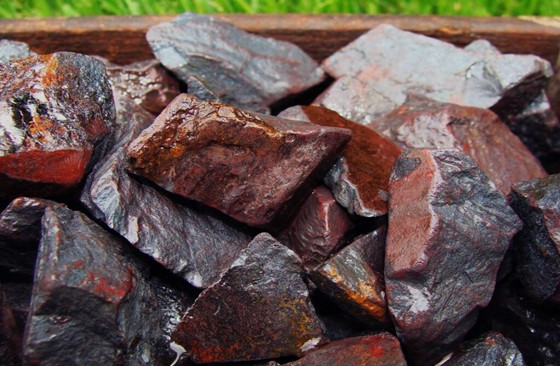
Magnetite Overview
Magnetite (Fe₃O₄) has a theoretically higher iron content, but it usually occurs at lower concentrations in rock formations, meaning it must be beneficiated before use in steelmaking.
Its strong magnetic properties make separation from gangue minerals much easier during processing.
Although Magnetite requires more processing steps than Hematite, the final product is often higher in purity, which can offset the higher processing cost.
As of 2025, major Magnetite mining regions include Australia, Sweden, Russia, and Canada.
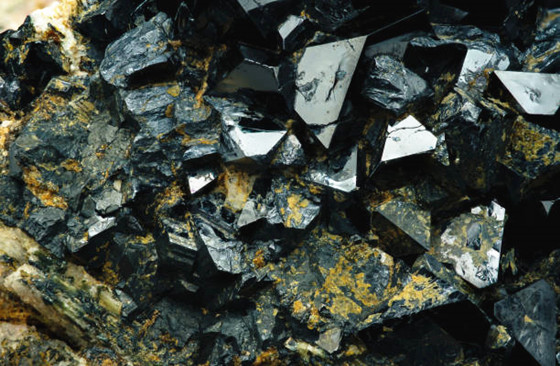
Hematite vs. Magnetite Iron Ore: Comparison
Propert | Hematite | Magnetite |
|---|
Chemical Formula | Fe2O3 | Fe3O4 |
| Color | Metallic gray to rust-red or black | Black (sometimes with brownish tint) |
Streak | Reddish brown | Black |
Hardness (Mohs) | 5–6.5 | 5.5–6.5 |
Specific Gravity | ~5.3 g/cm³ | ~5.17–5.18 g/cm³ |
Magnetism | Weakly magnetic or non-magnetic | Strongly magnetic |
Iron Content | ~69.9% Fe (theoretical maximum) | ~72.4% Fe (theoretical maximum) |
Common Uses | Primary iron ore; jewelry (e.g., beads, cabochons); historical pigments and amulets | Primary iron ore; magnetic applications (e.g., in electronics, heavy media separation); jewelry and collectibles |
How to Differentiate Hematite and Magnetite?
If you already know what these two ores are, you may wonder how to tell them apart. Based on years of field experience, here are six practical identification methods:
Density Measurement: Hematite is denser than Magnetite. Measure mass and volume to calculate density using a pycnometer or simple cylinder and balance.
Magnetic Test: Magnetite is strongly magnetic, while Hematite shows no attraction to a magnet.
Crushing and Grinding: Powder the sample to analyze its texture and color.
Streak Test: Scratch the ore on a ceramic plate — Hematite leaves a reddish-brown streak, Magnetite a black streak.
Acid Reaction Test: Add a drop of hydrochloric acid. Magnetite reacts more actively than Hematite.
Optical Mineralogy: Under a polarized microscope, Hematite appears reddish-brown, while Magnetite is black and opaque.
If you have both samples at hand, try these simple tests — you’ll easily see the difference.
02Hematite vs Magnetite: Mining and Processing Techniques
The main distinctions between Hematite and Magnetite go far beyond chemical composition — they also affect mining methods, processing requirements, steel quality, and environmental impact.
Hematite Processing
➀Mining:
Hematite deposits are typically high-grade (~60% Fe) and often near the surface, making open-pit mining the most common method.
Overburden is removed, followed by drilling and blasting — efficient for large, high-grade deposits like Carajás in Brazil’s Pará and Minas Gerais.
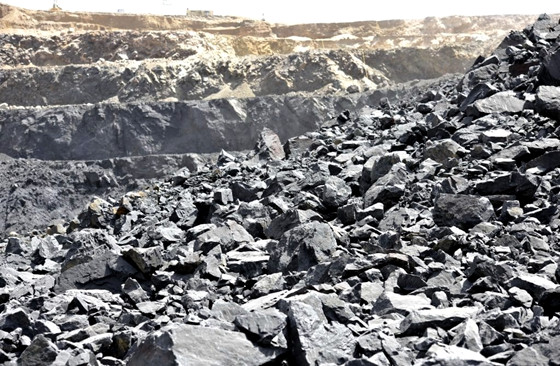
➁Beneficiation:
After crushing and grinding, separation starts with gravity methods such as jigs or spirals to remove gangue.
Subsequent stages may include reverse flotation to remove silicates and weak magnetic separation or roasting-magnetic separation for impurity control.
The result is a high-grade concentrate (>65% Fe) suitable for steelmaking.
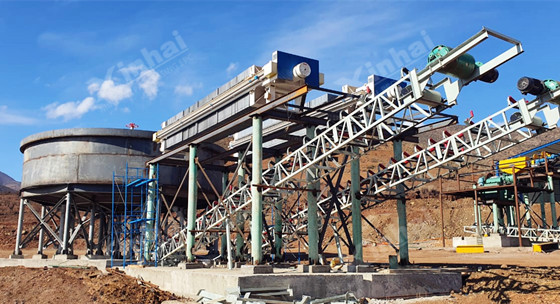
Magnetite Processing
➀Mining:
Although Magnetite has a theoretical Fe content of 72.4%, actual ore grades are usually 20–30% Fe, requiring beneficiation.
Both open-pit and underground mining are used — examples include Sino Iron (Australia) and Kiruna (Sweden).
Underground operations use shafts, drifts, and drilling-blasting equipment; open-pit methods remain more cost-effective.
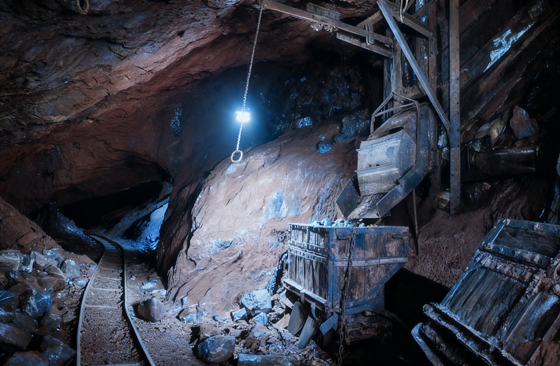
➁Beneficiation:
Magnetite’s strong magnetism allows efficient separation through wet or dry magnetic separation after crushing and grinding.
Low-grade ores may also use Dense Media Separation (DMS) with magnetite slurry as the separating medium.
Further flotation is applied to remove remaining impurities.
The concentrate is often pelletized for blast furnaces or Direct Reduction Iron (DRI). Recovery rates exceed 90%, offering strong economic potential.
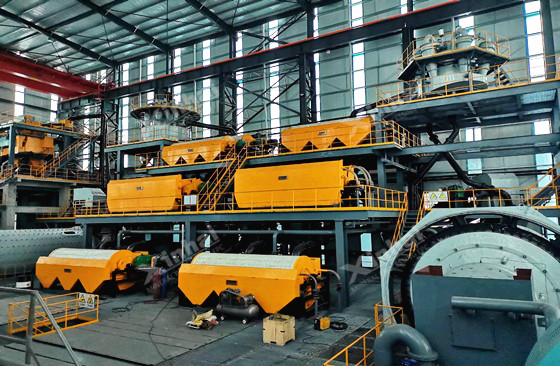
☞Click here to learn more about high-performance mining processing equipment that enhances Hematite and Magnetite beneficiation efficiency.
03ROI Comparison: Hematite vs Magnetite Processing
When comparing hematite and magnetite processing in terms of ROI (Return on Investment), there is no absolute winner — it depends on multiple project variables such as ore grade, processing cost, market demand, and environmental policy.
Key Factors | Hematite | Magnetite |
|---|
Ore Grade & Reserves | High-grade (>60% Fe); fast ROI | Lower grade (20–30% Fe) but recovery >90% |
Processing Cost (CAPEX/OPEX) |
Lower (20–30% less energy & equipment cost) | Higher (fine grinding, strong magnetic separators) |
Market Demand | Competitive market; steady demand | Growing demand for low-carbon steel and high-purity iron ore |
Environmental Impact | Simpler process but higher tailings cost | Lower emissions; may qualify for green subsidies |
ROI Summary:
Hematite: Lower cost, faster recovery (ROI 15–20% annually) — ideal for high-grade open-pit projects like Carajás.
Magnetite: Higher investment, higher product value (Fe >68%) — better long-term ROI in green steel production (market premium 10–15%, CAGR 5.2%).
In short, the best processing route depends on each project’s unique parameters — ore grade, reserve size, regional infrastructure, market dynamics, and local environmental regulations. A detailed feasibility study is always essential before investment.
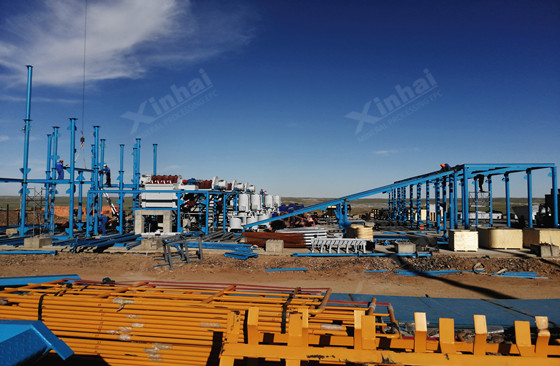
Xinhai Mining: Your Trusted Partner in Iron Ore Processing
For years, Xinhai Mining has been a global leader in designing and manufacturing efficient mineral processing equipment.
Our product range — including crushers, energy-saving ball mills, advanced flotation machines, and high-intensity magnetic separators — is designed to help you recover more iron and boost overall plant performance.
We understand that every ore body is different, and our experts are ready to customize a solution tailored to your project.
At Xinhai, we don’t just sell equipment — we help you achieve profitability.
Contact Xinhai today to learn how we can help you improve iron ore recovery and maximize your ROI.

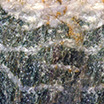
 marketing@ytxinhai.com
marketing@ytxinhai.com  0086 13810327080
0086 13810327080 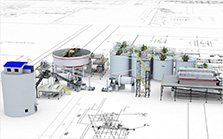
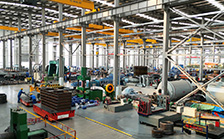
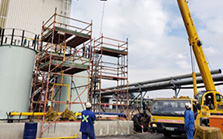
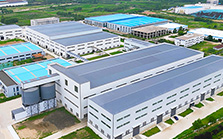

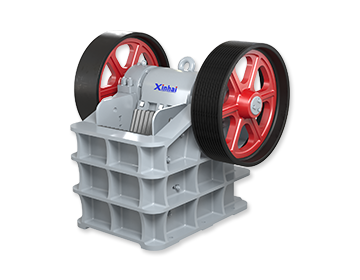
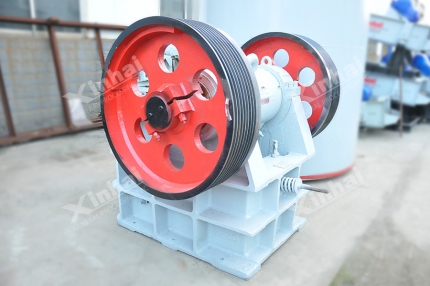

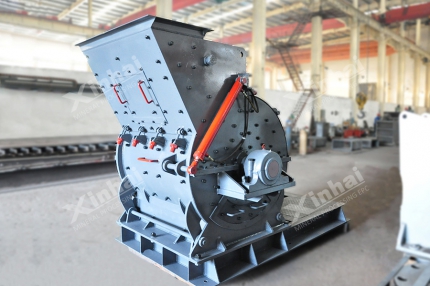
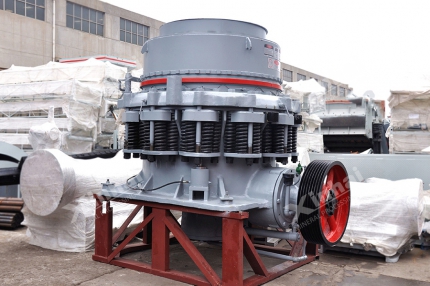
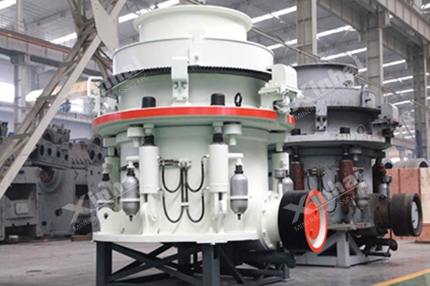
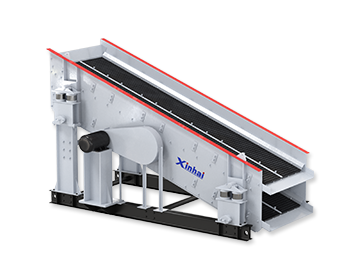
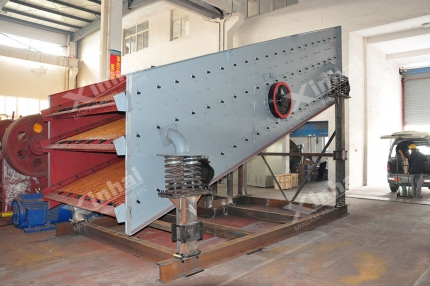
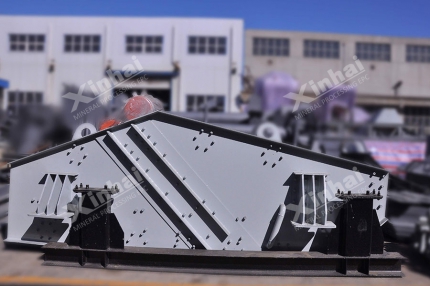
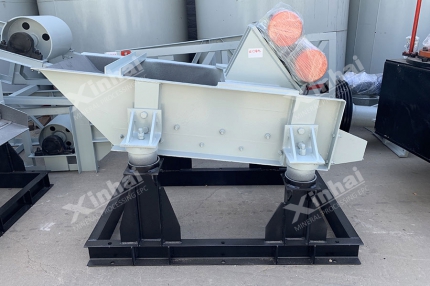
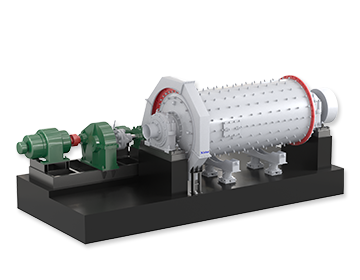
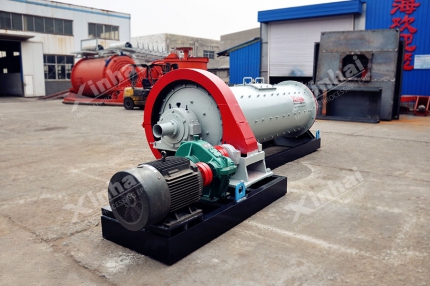
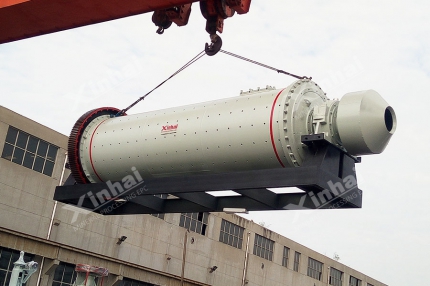
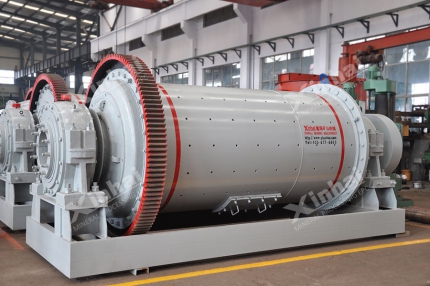
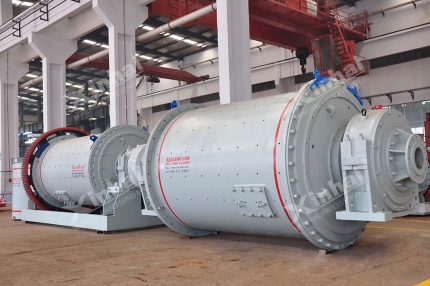
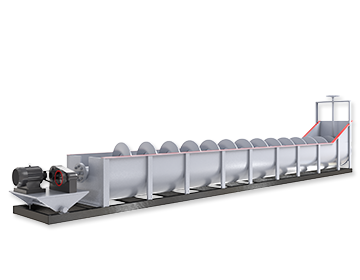
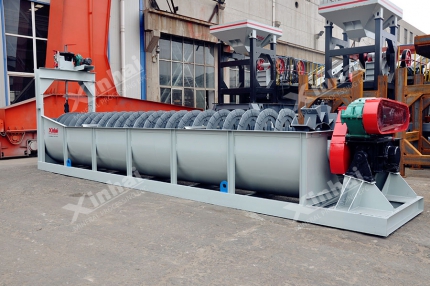
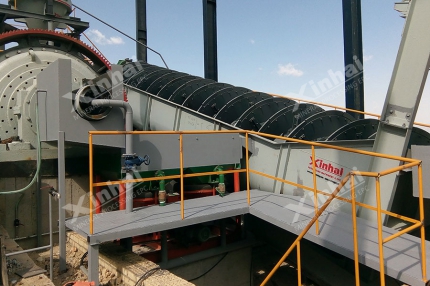
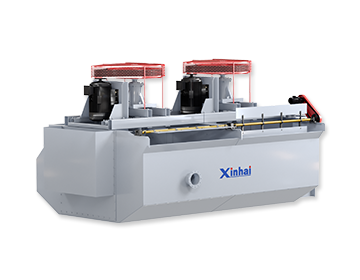
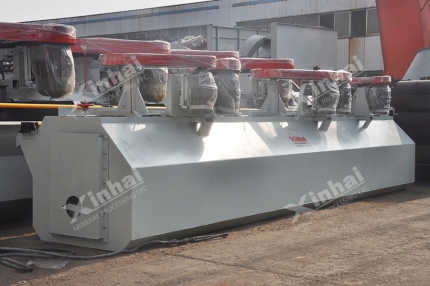
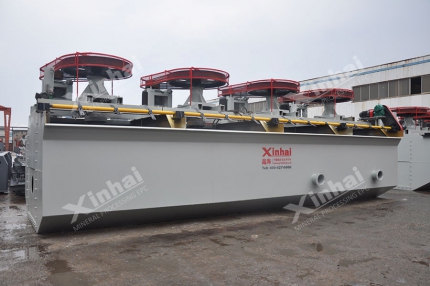
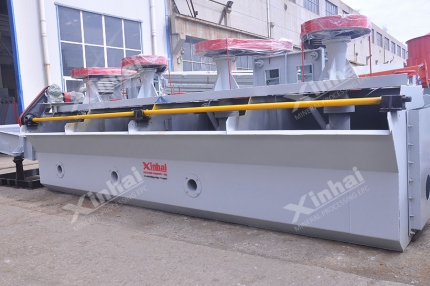
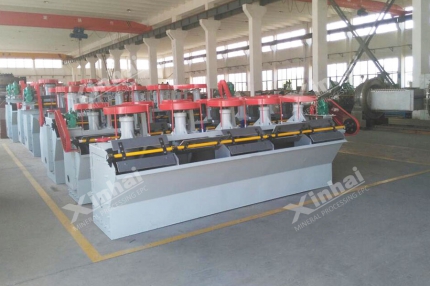
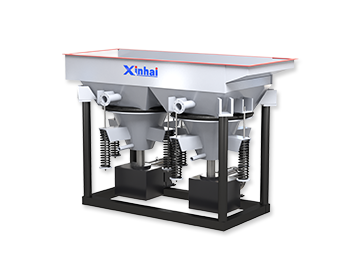
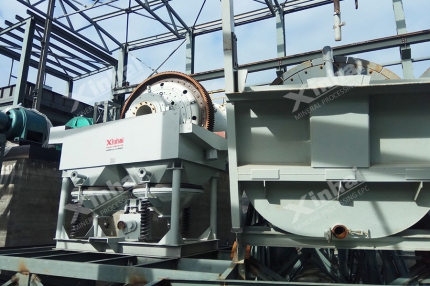
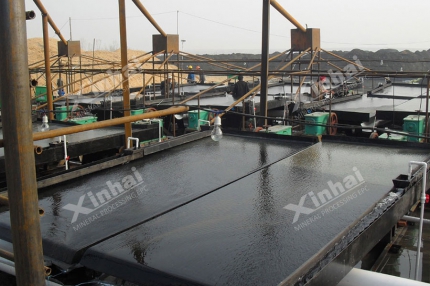
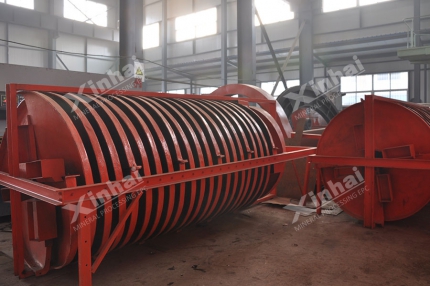
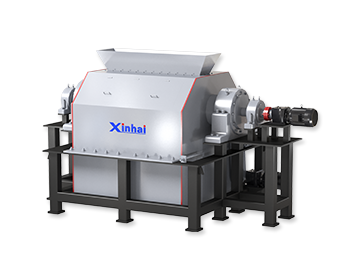
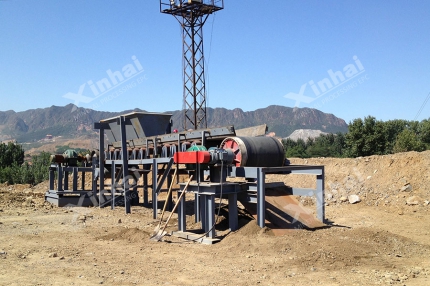
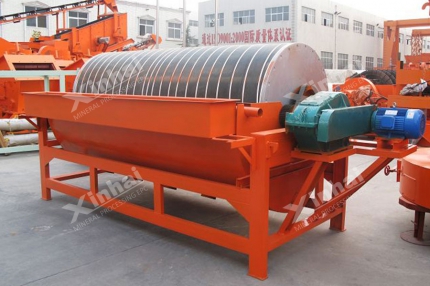
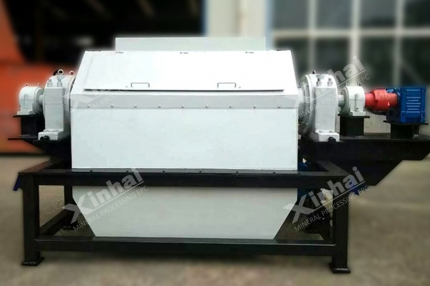
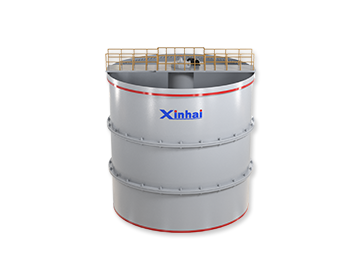
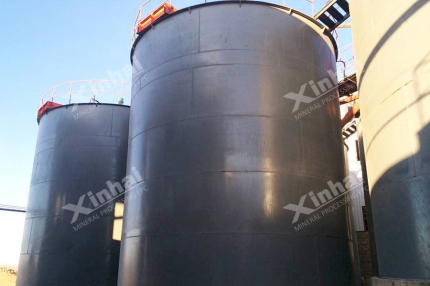
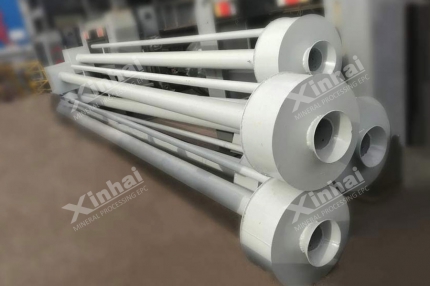
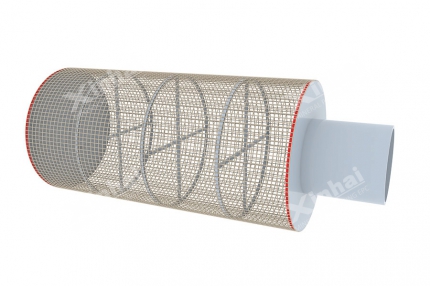
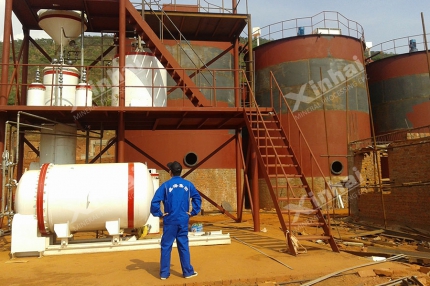
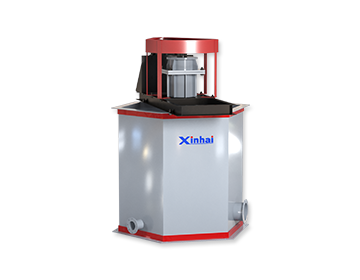
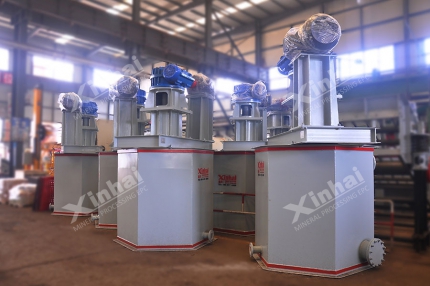
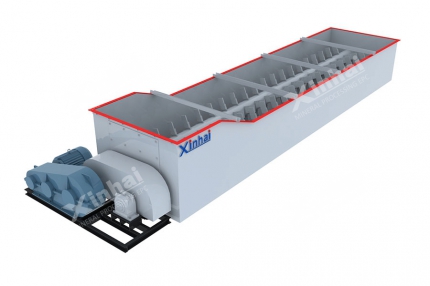
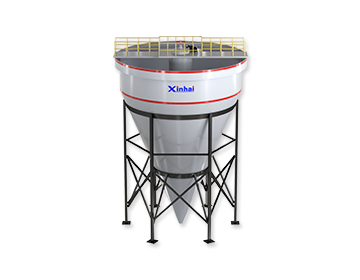
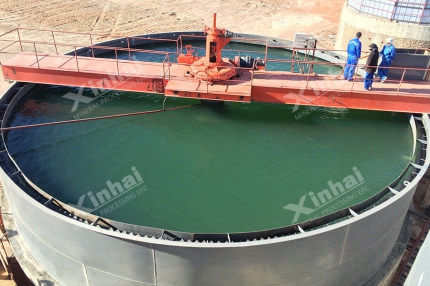
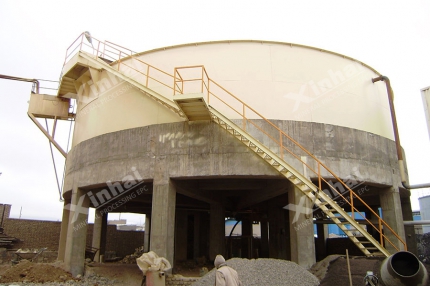
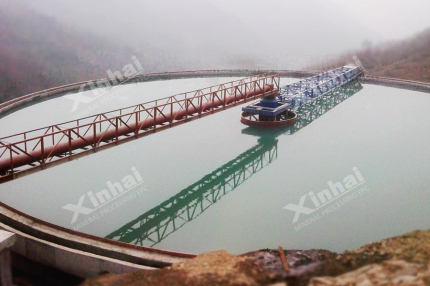
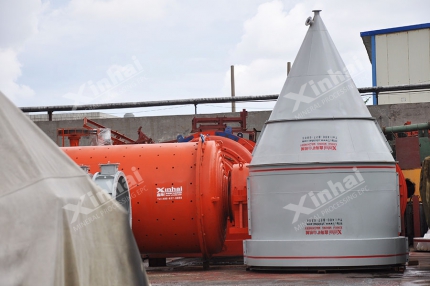
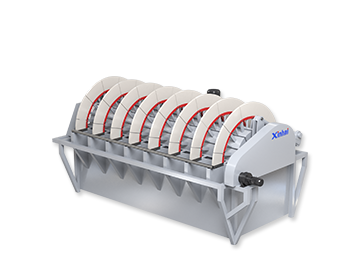
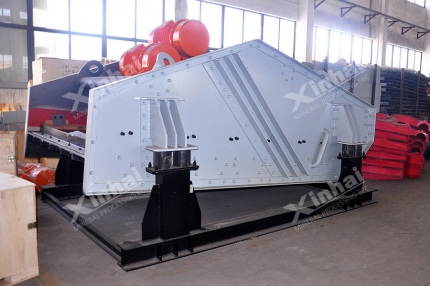
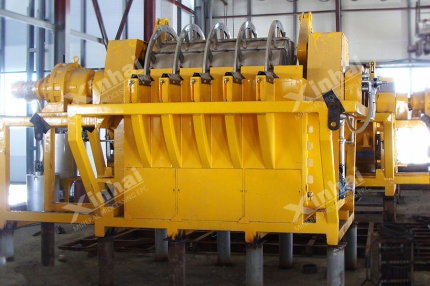
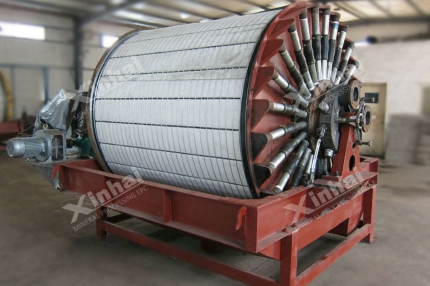
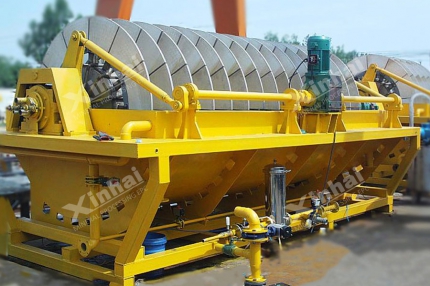
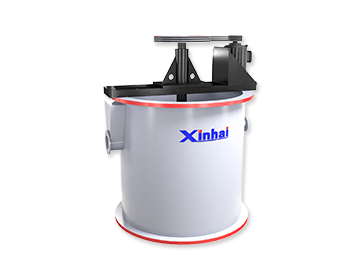
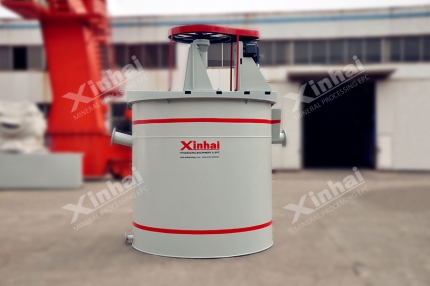
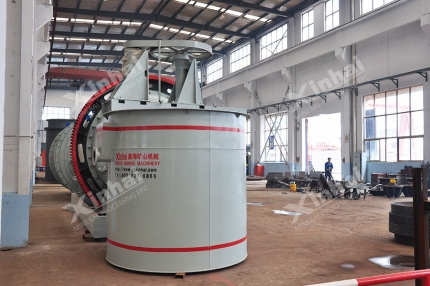
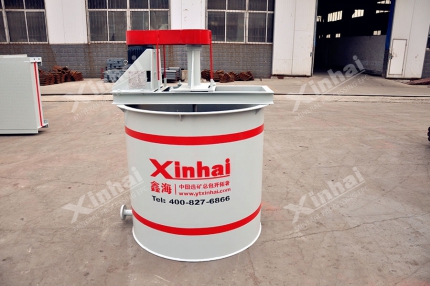
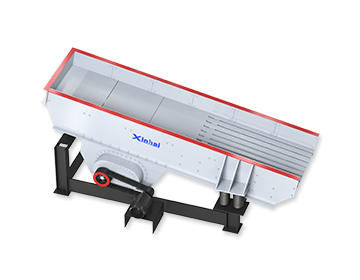
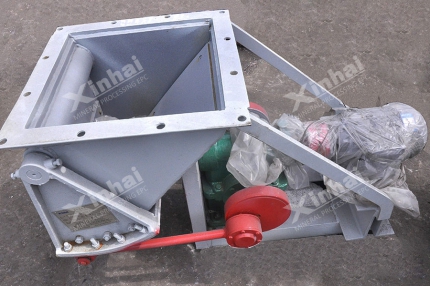
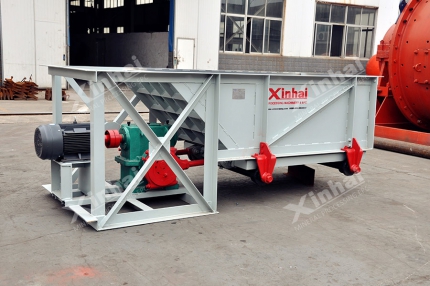
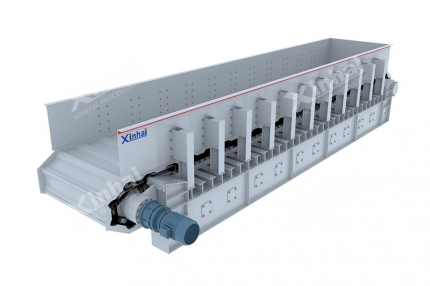
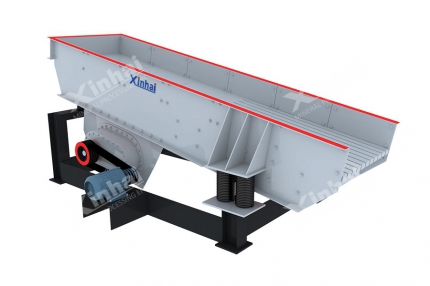
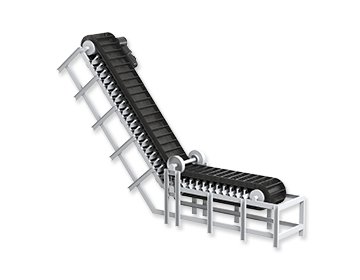
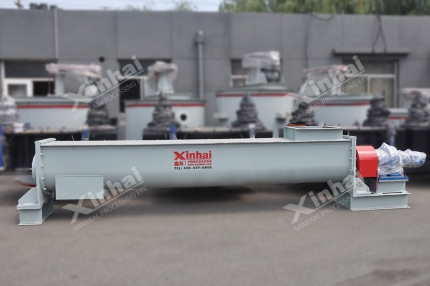
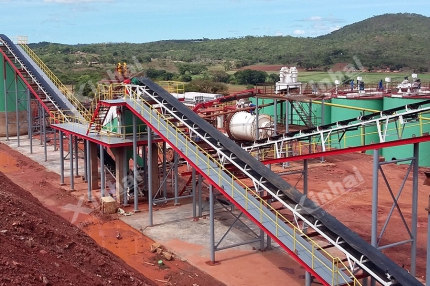
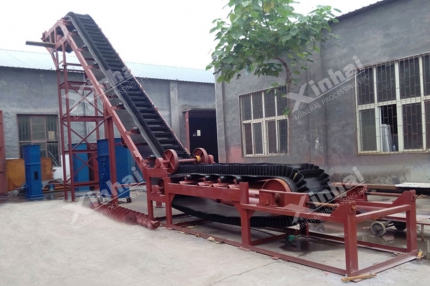
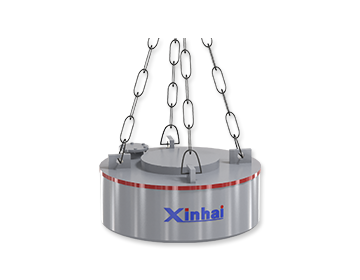
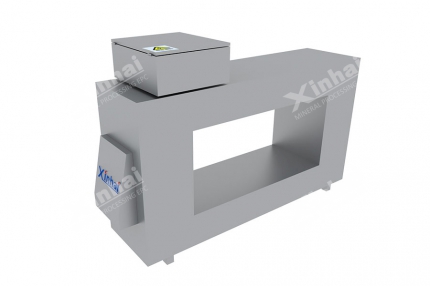
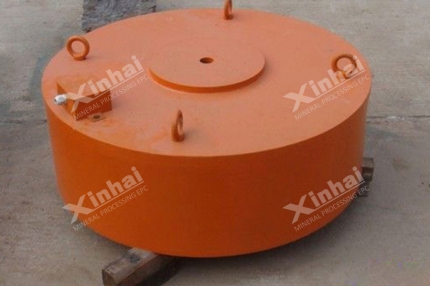
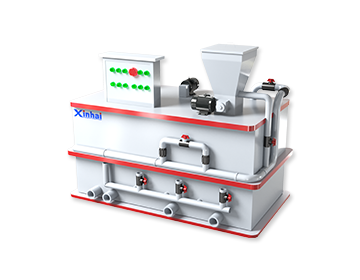
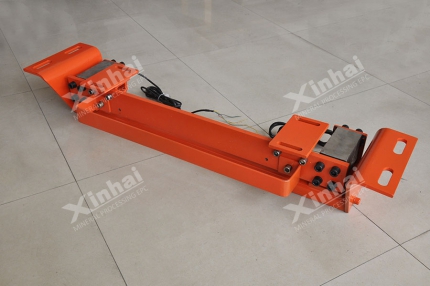
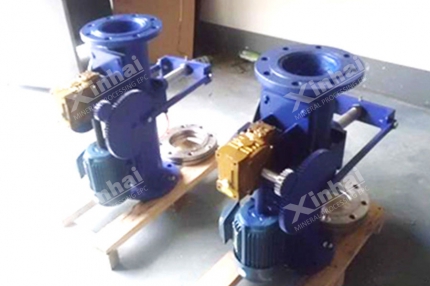
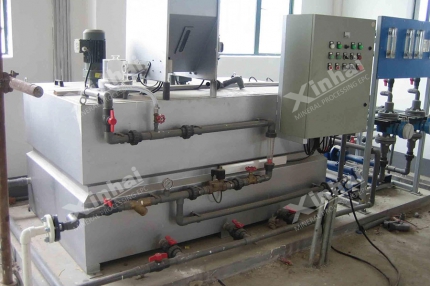
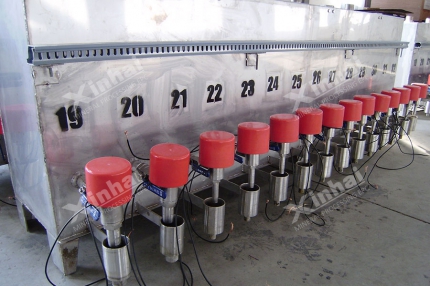
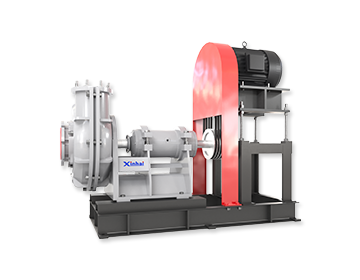
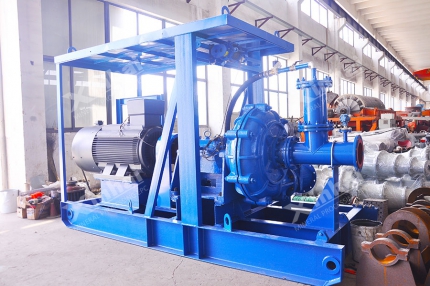
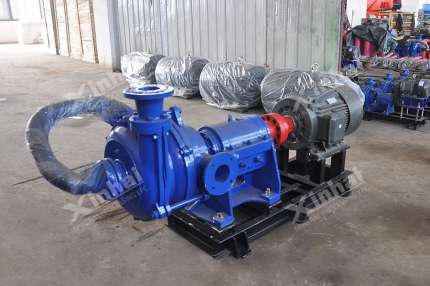
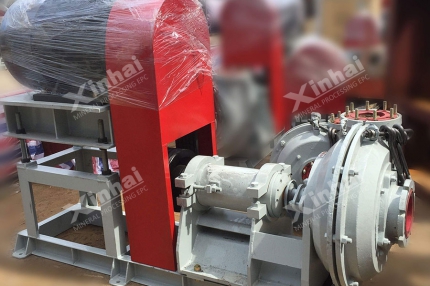
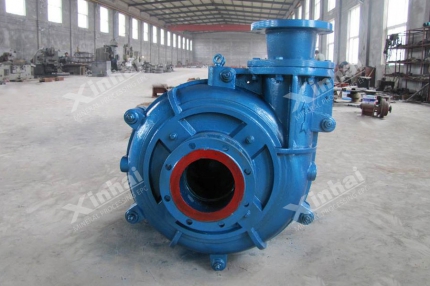
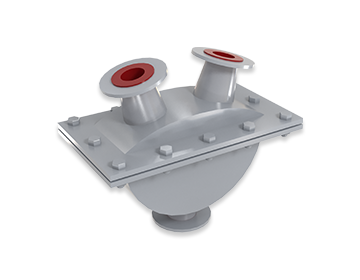
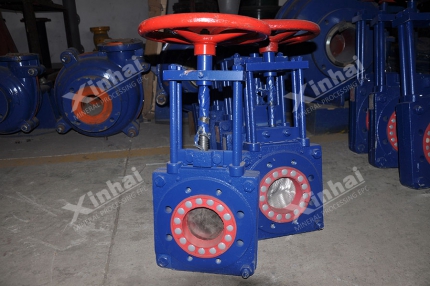
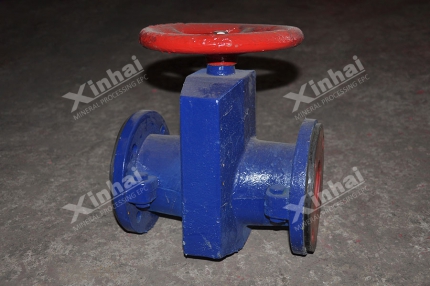
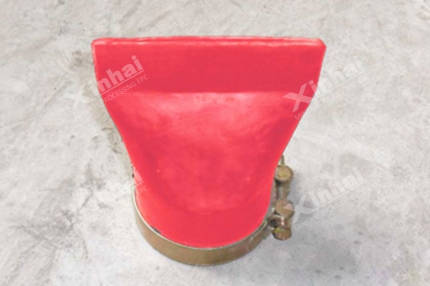
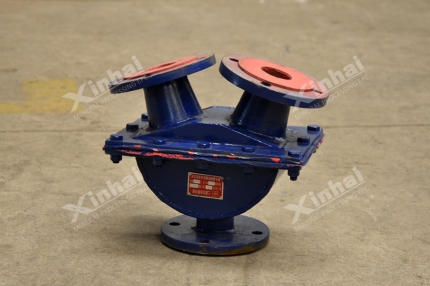
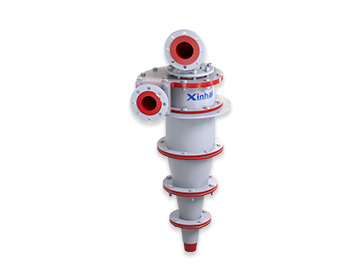
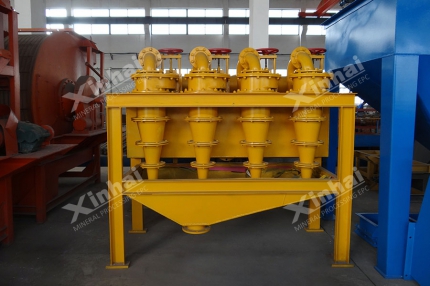
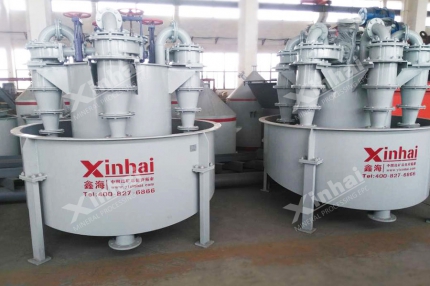
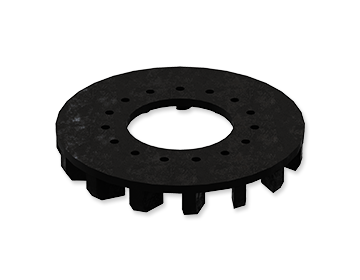
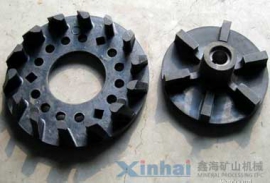
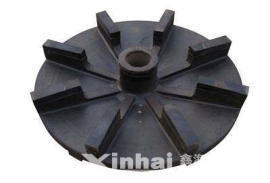
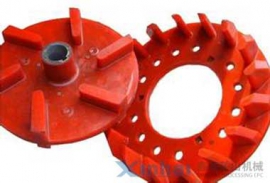
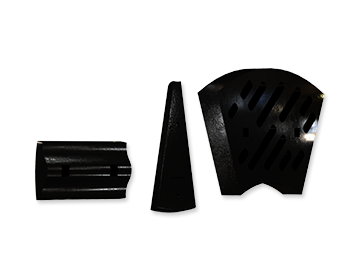
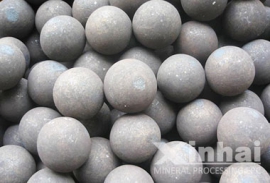
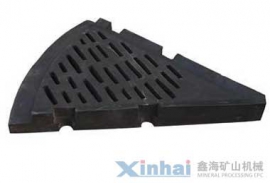
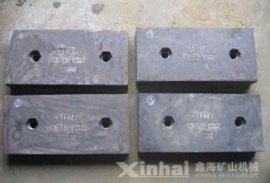
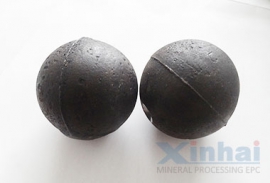
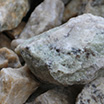
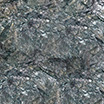
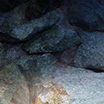
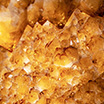


 CHAT
CHAT MESSAGE
MESSAGE







